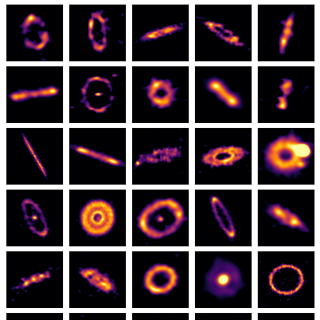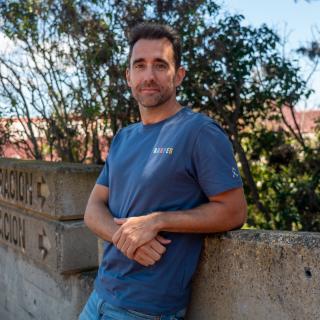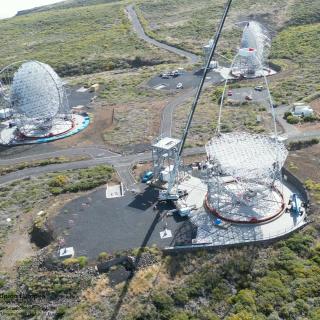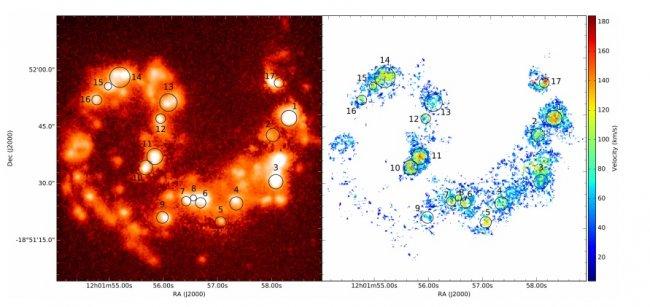It may interest you
-
 The Instituto de Astrofísica de Canarias (IAC) and the University of La Laguna (ULL) have collaborated in the research that reveals the structure of 74 exocomet belts, it means, belts with minor bodies outside our solar system, around stars close to us. Astrophysicists led by a team from Trinity College Dublin , with the Universidad de La Laguna (ULL) and Instituto de Aastrofísica de Canarias (IAC) collaboration- have for the first time imaged a large number of exocomet belts around nearby stars, and the tiny pebbles within them. The crystal-clear images show light being emitted from theseAdvertised on
The Instituto de Astrofísica de Canarias (IAC) and the University of La Laguna (ULL) have collaborated in the research that reveals the structure of 74 exocomet belts, it means, belts with minor bodies outside our solar system, around stars close to us. Astrophysicists led by a team from Trinity College Dublin , with the Universidad de La Laguna (ULL) and Instituto de Aastrofísica de Canarias (IAC) collaboration- have for the first time imaged a large number of exocomet belts around nearby stars, and the tiny pebbles within them. The crystal-clear images show light being emitted from theseAdvertised on -
 IAC researcher David Aguado has obtained a prestigious Starting Grant from the European Research Council (ERC), aimed at promoting promising young scientists. This is the third ERC grant -one of the most competitive and recognized of the Horizon Europe program- that the center has received so far this year, thus consolidating its international projection. These highly competitive grants provide up to €1.5 million over five years to support outstanding young scientists in establishing their own independent research groups and pursuing pioneering scientific ideas. Searching for the first starsAdvertised on
IAC researcher David Aguado has obtained a prestigious Starting Grant from the European Research Council (ERC), aimed at promoting promising young scientists. This is the third ERC grant -one of the most competitive and recognized of the Horizon Europe program- that the center has received so far this year, thus consolidating its international projection. These highly competitive grants provide up to €1.5 million over five years to support outstanding young scientists in establishing their own independent research groups and pursuing pioneering scientific ideas. Searching for the first starsAdvertised on -
 The four large sized telescopes of the CTAO on La Palma reach a key milestone in their construction The LST-2 telescope has successfully completed the installation of its camera support structure (CSS), making it the last of the four Large Sized Telescopes ( LST ) to reach this important milestone in its construction at the Roque de los Muchachos Observatory of the Instituto de Astrofísica de Canarias (IAC) on La Palma. This telescope is part of the ambitious CTAO ( Cherenkov Telescope Array Observatory ) project, which will create the world's largest network of telescopes for the detectionAdvertised on
The four large sized telescopes of the CTAO on La Palma reach a key milestone in their construction The LST-2 telescope has successfully completed the installation of its camera support structure (CSS), making it the last of the four Large Sized Telescopes ( LST ) to reach this important milestone in its construction at the Roque de los Muchachos Observatory of the Instituto de Astrofísica de Canarias (IAC) on La Palma. This telescope is part of the ambitious CTAO ( Cherenkov Telescope Array Observatory ) project, which will create the world's largest network of telescopes for the detectionAdvertised on
